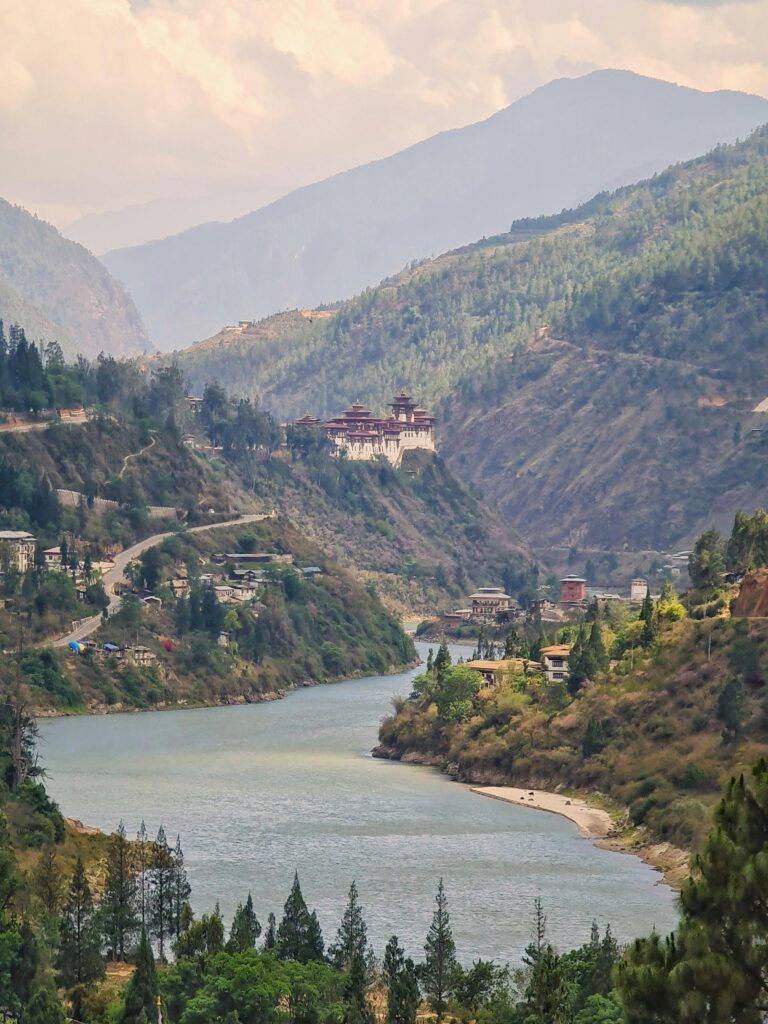Bhutan Bliss: Himalayan Kingdom’s Unique Culture;
Bhutan, often referred to as the “Land of the Thunder Dragon,” is a small Himalayan kingdom nestled between India and China. Despite its small size, Bhutan boasts a rich and unique culture that has captivated the world’s attention. In this blog post, we will delve into the various facets of Bhutanese culture that make it so distinct and fascinating. From the deep-rooted spiritual traditions to the colorful festivals and traditional attire, Bhutan’s culture is a true testament to the country’s resilience and heritage. Join us as we explore the religious practices, the distinctive Gho and Kira attire, the unique development philosophy of Gross National Happiness, the vibrant celebrations of Bhutanese festivals, and the remarkable architecture of dzongs and traditional Bhutanese structures. Get ready to immerse yourself in the enchanting world of Bhutanese culture as we journey through its many unique and captivating elements.
Religion: Bhutan’s Deep-rooted Spiritual Traditions

Bhutan, known for its breathtaking landscapes and peaceful environment, is also deeply rooted in spiritual traditions. Religion plays a significant role in the daily lives of the Bhutanese people, shaping their culture and traditions for centuries.
The predominant religion in Bhutan is Vajrayana Buddhism, which was introduced in the 8th century by Guru Rinpoche. The Bhutanese people have embraced this form of Buddhism wholeheartedly, and it is intricately woven into every aspect of their lives.
Monasteries, or lakhangs, dot the landscape, serving as centers for religious and spiritual activities. The Bhutanese people participate in daily prayers and rituals, seeking blessings and guidance from the Buddhist monks.
One of the most sacred sites in Bhutan is the Taktsang Monastery, also known as the Tiger’s Nest. Perched on the edge of a cliff, this ancient monastery is a symbol of Bhutan’s deep spiritual connection with Buddhism.
Traditional Attire: The Distinctive Gho and Kira
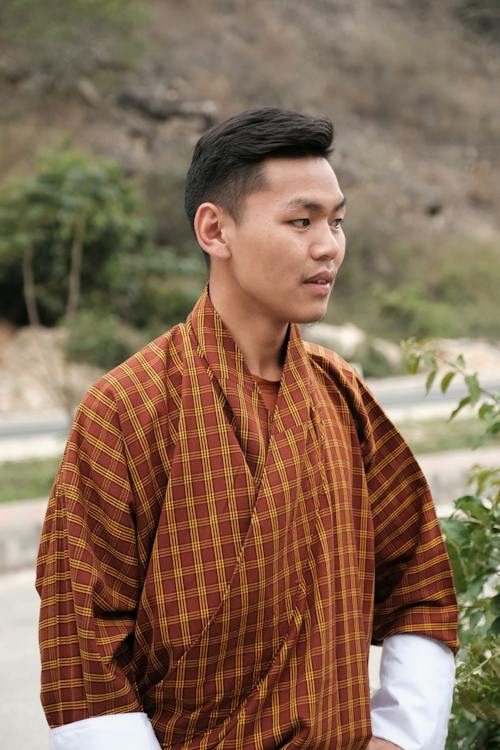
The traditional attire of Bhutan is deeply rooted in its cultural heritage and holds significant importance in the daily lives of the Bhutanese people. The Gho and Kira are the national dress for men and women, respectively, and are worn on a regular basis, especially during formal occasions and religious ceremonies.
The Gho is a knee-length robe tied at the waist with a belt called a Kera. It is usually paired with a light, striped, knee-length inner layer of cloth called a Kamtham and a knee-high pair of boots. The Kira, worn by women, is an ankle-length wraparound dress made from finely woven fabric with intricate patterns. It is usually paired with a traditional jacket known as a Tego and a complementary long-sleeved blouse called a Wonju.
The Gho and Kira are not just clothing items but are also symbols of Bhutanese identity and cultural pride. The designs, colors, and patterns of these garments vary according to the wearer’s social and economic standing, as well as the occasion for which they are being worn, reflecting the rich diversity and artistic traditions of the country.
Despite modern influences, the Bhutanese people continue to embrace and uphold their traditional attire with great pride and reverence. The Gho and Kira embody the essence of Bhutanese culture and remain an integral part of the country’s unique heritage and identity.
Gross National Happiness: A Unique Development Philosophy
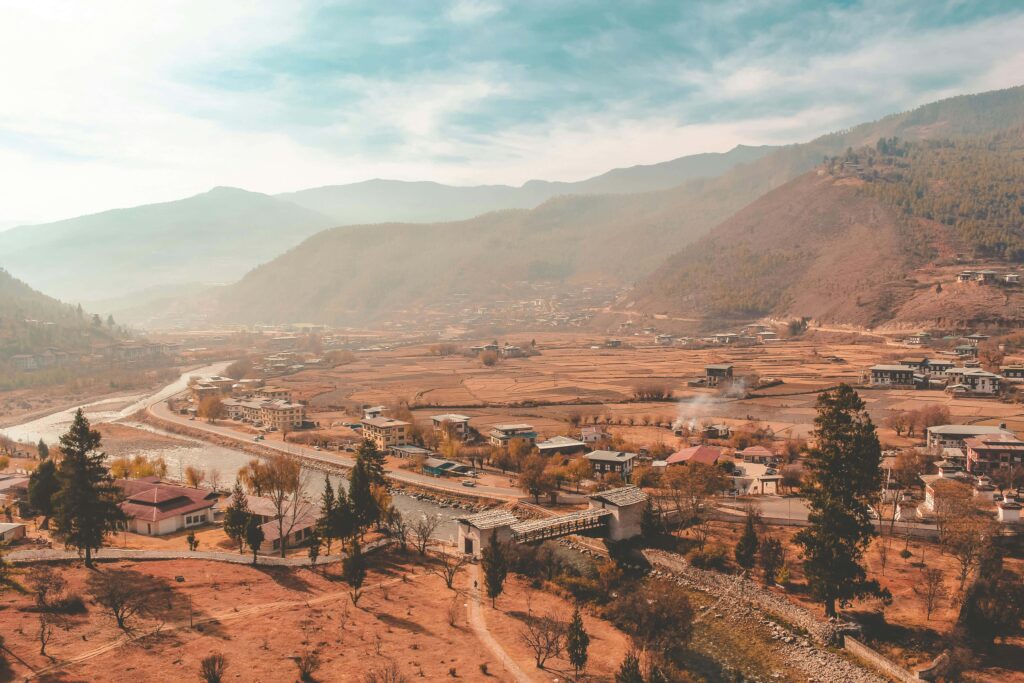
When we think of a country’s development, the first thing that comes to mind is usually its gross domestic product (GDP) or its economic growth. However, Bhutan takes a unique approach to development that prioritizes the happiness and well-being of its people over material wealth. This approach is known as Gross National Happiness (GNH), and it is a philosophy that has guided Bhutan’s development since the 1970s.
The concept of GNH acknowledges that the well-being of a society cannot be measured solely by economic indicators. Instead, it emphasizes the importance of promoting sustainable development, cultural preservation, good governance, and environmental conservation. In essence, GNH seeks to create an equitable and inclusive society where people are able to pursue spiritual, physical, and mental well-being.
One of the key components of GNH is the idea that happiness is a fundamental human right. In pursuit of this, the Bhutanese government has implemented policies that prioritize health care, education, and environmental conservation. Additionally, the country has adopted a policy of sustainable development that values the well-being of its citizens over economic growth at any cost.
Bhutan’s commitment to GNH has also garnered international attention, with many countries looking to the tiny Himalayan nation as a model for a more holistic approach to development. As the world grapples with issues such as climate change, income inequality, and mental health, the philosophy of GNH offers a refreshing perspective on what it means to truly thrive as a society.
Festivals: Colorful Celebrations of Bhutanese Culture
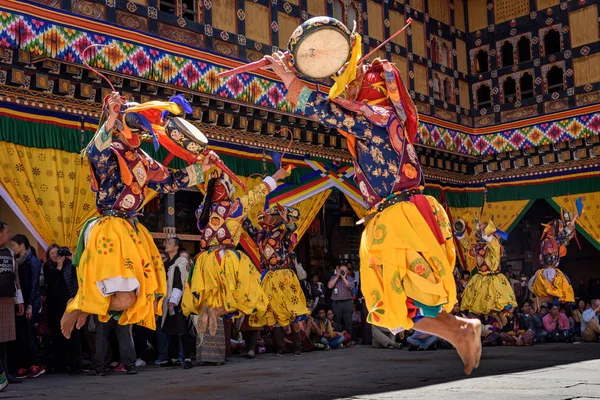
Bhutanese culture is rich with vibrant and colorful festivals that are deeply rooted in the country’s traditions. These festivals are a time for the Bhutanese people to come together and celebrate their culture, spirituality, and heritage through various forms of dance, music, and rituals.
One of the most popular festivals in Bhutan is the Paro Tsechu, which is held in the Paro valley and is a major event in the Bhutanese calendar. The festival features masked dances, traditional music, and elaborate costumes, creating a spectacle that draws tourists and locals alike.
Another significant festival is the Thimphu Tshechu, which takes place in the capital city of Thimphu. This festival showcases various forms of traditional Bhutanese dance, as well as the unfurling of the Thongdrel – a large tapestry that is considered sacred and is believed to grant blessings to those who witness it.
These colorful celebrations not only bring joy and entertainment to the people of Bhutan, but they also play a crucial role in preserving the country’s cultural heritage and promoting a sense of unity and community among its citizens.
Architecture: Dzongs and Traditional Bhutanese Structures
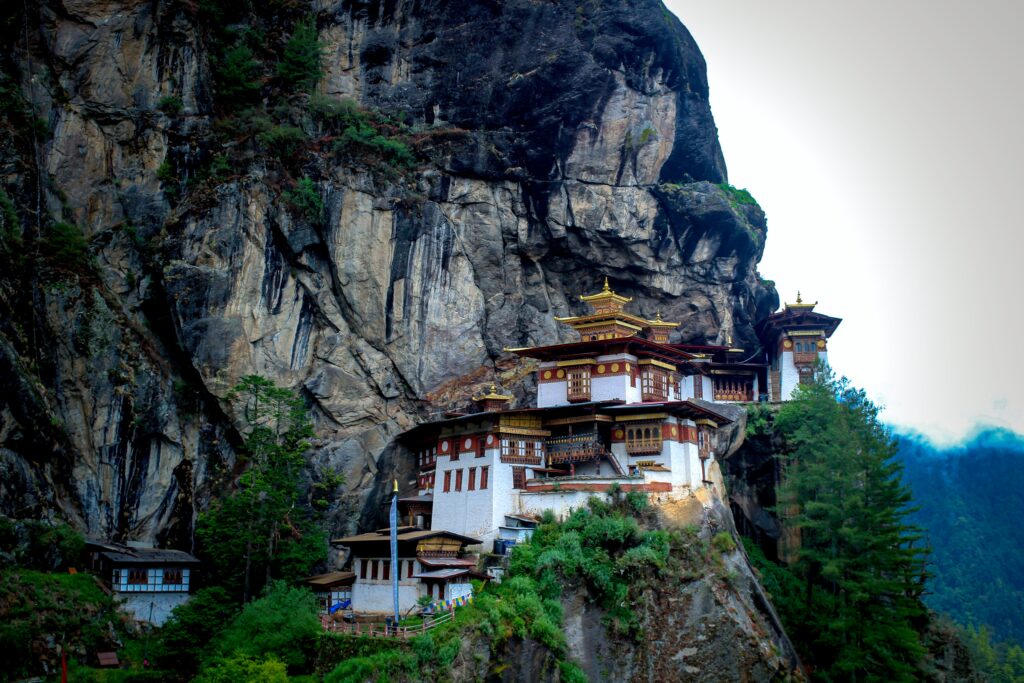
Bhutanese architecture is known for its distinctive style and deep cultural significance. Dzongs, or fortress-monasteries, are an integral part of this architectural tradition, serving as religious and administrative centers in many Bhutanese towns and cities. These imposing structures are characterized by their massive whitewashed walls, intricately carved woodwork, and strategic location on hilltops or near rivers.
Traditional Bhutanese structures, such as farmhouses and temples, also reflect the country’s rich cultural heritage. These buildings are often built using traditional techniques and materials, with intricate decorative elements that showcase the skill and craftsmanship of Bhutanese artisans. The use of bright colors and intricate wood carvings adds to the unique charm of these structures, making them an integral part of Bhutan’s architectural landscape.
One of the most notable features of Bhutanese architecture is its strong connection to Buddhism, with many buildings incorporating religious symbols and designs. The influence of Tibetan and Indian architectural styles is also evident in the use of ornate decorations and vibrant colors, creating a visually striking and culturally significant architectural tradition.
Visiting these architectural marvels allows travelers to immerse themselves in Bhutan’s rich cultural heritage and gain a deeper understanding of the country’s spiritual and historical significance. From the grandeur of dzongs to the serenity of traditional temples, Bhutanese architecture offers a glimpse into the soul of this remarkable Himalayan kingdom.
Frequently Asked Questions

What is the traditional attire of Bhutan?
The traditional attire of Bhutan includes the Gho for men and Kira for women. The Gho is a knee-length robe tied at the waist by a cloth belt known as Kera, while the Kira is an ankle-length dress.
What is Gross National Happiness and why is it unique?
Gross National Happiness (GNH) is a unique development philosophy in Bhutan that focuses on the holistic well-being and happiness of its people rather than just economic growth. It includes factors such as sustainable development, environmental conservation, cultural preservation, and good governance.
What are Dzongs in Bhutanese architecture?
Dzongs are traditional fortress-monasteries in Bhutan that serve as religious, military, administrative, and social centers. They are known for their distinctive Bhutanese architectural style, with large white walls, inward-sloping buttressed turrets, and golden roofs.
How are Bhutanese festivals celebrated?
Bhutanese festivals, known as Tsechus, are celebrated with colorful mask dances, religious ceremonies, and rituals. They are a vibrant display of Bhutanese culture and traditions, often accompanied by music, feasting, and socializing.
What is the significance of Bhutan’s deep-rooted spiritual traditions?
Bhutan’s deep-rooted spiritual traditions, which are predominantly influenced by Vajrayana Buddhism, play a vital role in shaping the country’s culture, values, and way of life. They contribute to the sense of harmony and peace that is integral to Bhutanese society.
What makes Bhutan’s culture unique in the Himalayan region?
Bhutan’s unique culture is characterized by its strong emphasis on tradition, preservation of cultural heritage, and the promotion of happiness and well-being. The country’s isolation and commitment to maintaining its cultural identity have contributed to its distinctiveness.
What are some of the distinctive features of traditional Bhutanese structures?
Traditional Bhutanese structures, such as houses and temples, are known for their intricate woodwork, colorful paintings, and decorative carvings. They are built using traditional construction methods and materials, reflecting the country’s rich architectural heritage.
